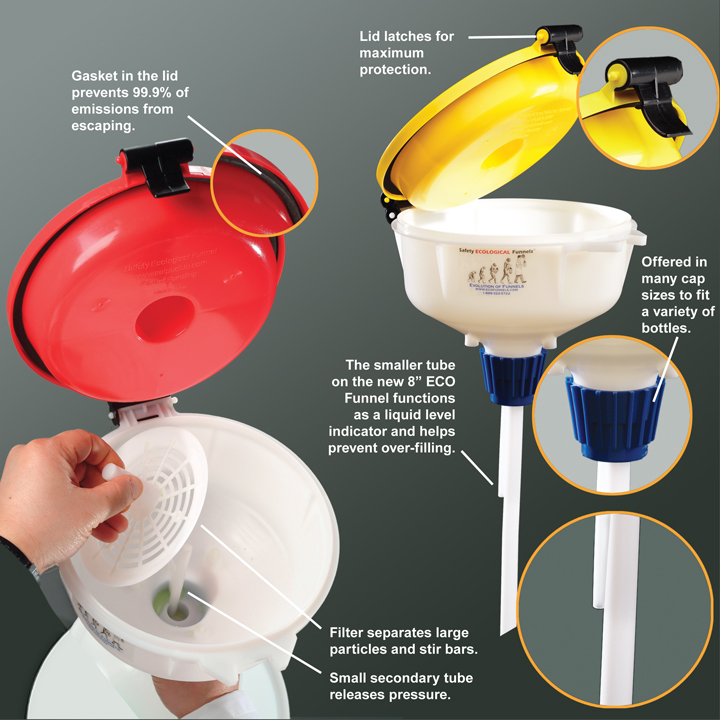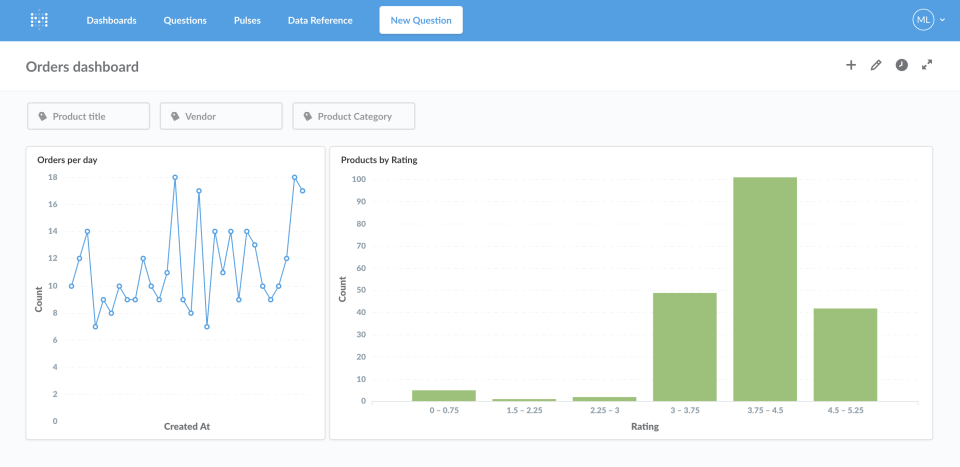

We were a weekly fantasy football game so focused on WAUs. Whether you choose to measure in a daily, weekly, monthly or yearly rate depends on your business type. We were able to segment users based on actions performed (such as the activation test mentioned before), to see if any action resulted in higher retention. Personally, my product used Amplitude to understand our retention curves. Now it's time to grow that user-base! Tracking If it is flat you have a viable business, and have reached some level of product-market fit, for some small cohort of your total user-base.

Key thing to look out for is whether you retention curve flattens after it tapers down from day 0. Plug these holes through a number of tactics (shown below). As mentioned in a previous essay, you will start with low retention and a leaky product. If people enjoy your product/service or it truly solves a problem then you will have returning users. It is how you turn the acquisition and activation into growth. Over time you will see which segment was more valuable and positively affected your OMTM - iterate starting points until you find the clear a-ha winner Segment users who started the user-journey with action X, Y and Z Track every single event in your product/service
#Metabase funnel install#
You want to continually improve the activation rate and make it as high as possible, so there is minimum time from install to a-ha moment, therefore less time to see value prop and less churn. Personally, I used Amplitude and Metabase - which are both independent of each other, and amazing.
#Metabase funnel software#
Use any top tier BI software to help map out every single user interaction in your product / service. become invested into the product by depositing money (which is not yet revenue), or if the users have played a game/sent a message. It can also be when your users have performed a desired outcome e.g.

The a-ha moment! When your users find the true value of your product and therefore want to stick around (a-ha moment). I have an upcoming essay on Facebook Ad strategies you can use as a template for optimising and iterating your core channel. Continually optimise and iterate those channels until saturated. Run growth experiments using the 19 channels for growth to find your core channels. We tracked registrations in both number and % growth rate. Personally I've used Fabric for real-time info, App Annie for more detail (although it's normally delayed) and any platform your channels run through, e.g. Tracking at this stage can be done through a variety of analytics platforms. Awareness has told the user about your business, but acquisition means they started to convert. It is the very first step of the actual conversion process. Since we've just raised awareness of the product/service, it's time to convince our potential users to take their first action, such as, subscribing or installing. Not to tell everyone you meet, rather so you constantly have best picture of your startups health.Įditor's note: I have added a stage and changed the order of Dave McClure's original conversion funnel Awareness = megaphone With that said, you should have the metrics to each stage of this funnel at the tip of your tongue. This conversion funnel can provide great structure and light into the overall health of your startup, but also give actionable insight into where you need to direct your time and money within your growth strategy. This wastes time, doesn't provide value and can lead a startup to their demise. McClure was tired of seeing startups choose a vanity metric as their OMTM, like installs, followers, page-views etc when they would pitch. messages sent, uploads, games played, ARPPU). I literally can't think of one that won't work.Ī B2B, B2C and B2B2C will have the exact same stages on this funnel, just focusing on different OMTMs (e.g. They form a very adaptable conversion funnel that can be used for every business model. The pirate metrics were coined by veteran ( now disgraced) VC, Dave McClure from 500 Startups with the vision that they are the only true metrics that prove the health of a startup. I have mentioned these metrics a lot in almost every essay, because they are THAT important.


 0 kommentar(er)
0 kommentar(er)
